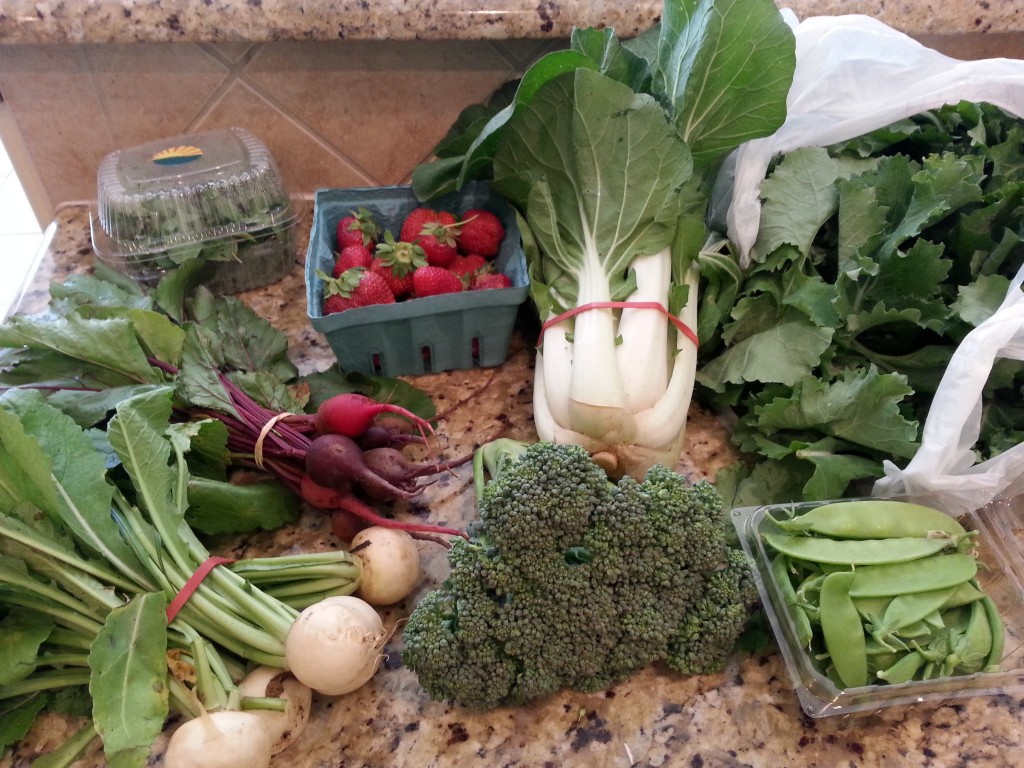“Every year in the U.S., approximately 31% (133 billion pounds) of the overall food supply is wasted.” (1)
133 billion pounds.
Meanwhile, over 48 million Americans live in a state of food insecurity (2). This means that there are times when they are uncertain about having, or unable to acquire, enough food because they have insufficient money or resources for food.
Food waste is a major concern for our planet and communities. It depletes resources, fills up landfills, and contributes to methane emissions that affect climate change (3). Plus, it prevents foods from reaching those who really need it.
The issue of food waste was recently highlighted by the Greenville News in an attempt to raise consumer awareness. Area businesses and food recovery programs are making attempts to tackle this enormous problem. As I shared in the article, we consumers have an important role to play as well.
Here are 15 ways to reduce food waste in your own home:
1) Plan ahead. Scan your freezer, refrigerator, and pantry before you head to the store. Try to plan meals around the items that you already have.
2) Buy less. Be careful not to buy more perishable foods than you can consume.
3) Mix up your shopping cart. Buy some foods that should be eaten right away, such as berries and fresh spinach. Then choose other hardier varieties like apples, carrots, or frozen fruits and vegetables for later in the week.
4) Strive to utilize the “first in, first out” method. Use foods that are close to their expiration dates before opening fresh packages.
5) Remember the 2 hour rule. Don’t keep cooked foods, such as leftover dinner, out at room temperature for more than two hours where bacteria multiply quickly. Transfer them to the refrigerator or freezer promptly. This way the leftovers can be saved safely for another meal rather than wasted.
6) Pack leftover dinner for lunch the next day. This can also save time and money.
7) Pay attention to freshness dates on foods such as “expired,” “use by,” and “sell by.” Foods that are stored properly may still be safe to consume after the “sell by” dates.
8) Consider batch cooking. Make several soups or casseroles at once and freeze them to eat throughout the month. This can help you to reduce waste because you can use up entire packages of items, such as onions, carrots, celery, and peppers.
9) Don’t follow recipes too closely, particularly with produce. If you have 1-1/2 cups of chopped tomatoes but the recipe calls for 1 cup, consider using it all. This may affect the nutrition analysis but not much else. Salads, soups, stir-fries, mixed dishes, and smoothies are often flexible with ingredient amounts.
10) Incorporate leftover ingredients into other dishes. Toss leftover cooked vegetables into your scrambled eggs. Or combine leftover chicken and vegetables to make a pasta salad.
11) Be resourceful. Chop up the leafy green tops of celery and add them to your pot of vegetable soup. Pulse stale bread in a food processor to make breadcrumbs that can be stored in the freezer.
12) Use your freezer. Overripe bananas can be frozen (in slices or with the peel intact) and used later in smoothies or banana bread. Bread can usually be frozen for up to 3 months but perishes at room temperature much quicker.
13) Have a “refrigerator clean out” night one or two days per week. Try to use up all leftover foods before purchasing more.
14) Dine in. When your refrigerator is stocked, try to use those foods promptly. Restaurant meals can be a treat when the cupboard is bare.
15) Consider composting. Many kitchen scraps can be recycled in a home compost system to make a nutrient rich fertilizer for your garden.

